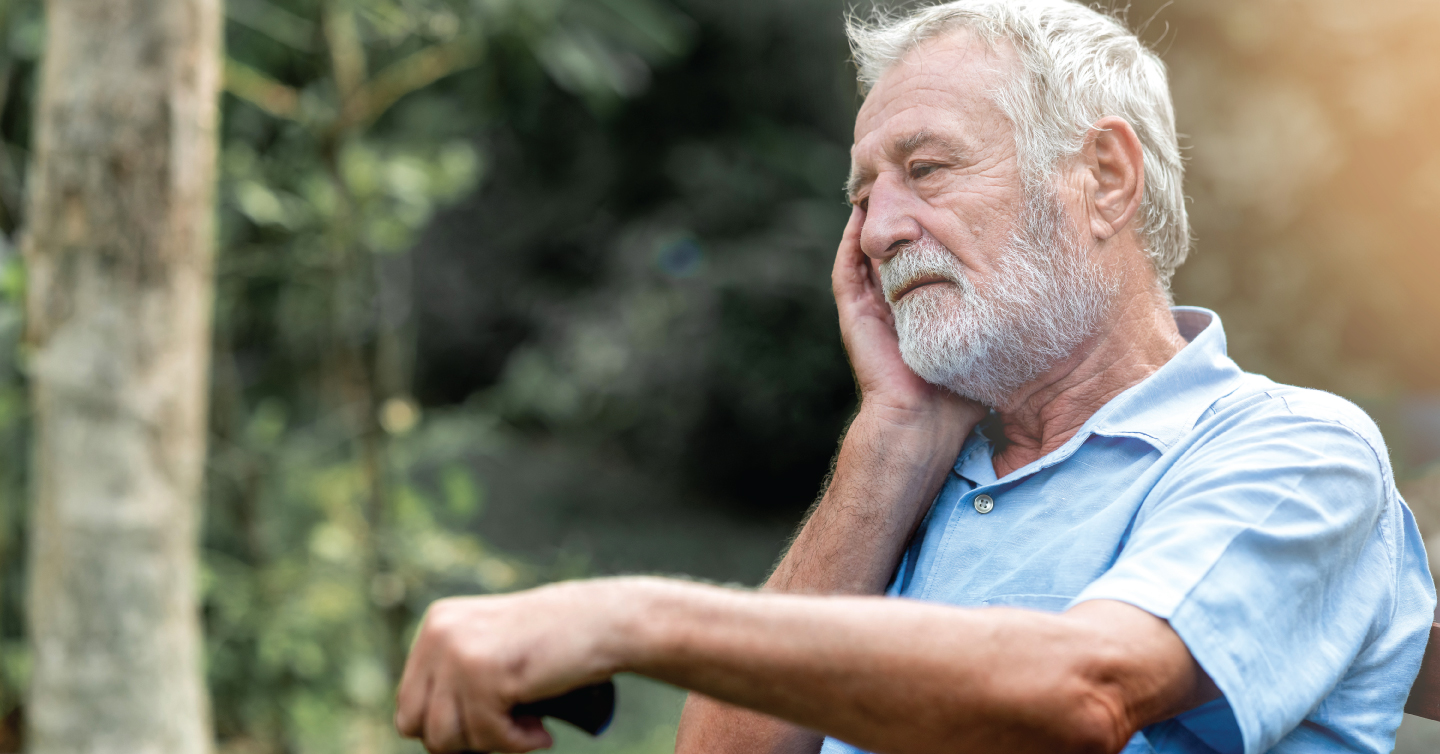I Have Osteoporosis – Can I Reverse It?

Is There Anything That Can Slow Down Osteoporosis?
By Jennifer Footit-Tank RN BSN, quality care coordinator at Network Health
4/3/2024
Unlike some illnesses or diseases, osteoporosis does not go away and there is no cure for the condition. Though it cannot be completely reversed, it can be slowed. Various lifestyle changes can be made to reduce future fractures and slow the progression of bone loss. Bones are a living tissue that responds to a nutritious diet, weight bearing exercises and sometimes medication.
Getting an Osteoporosis Diagnosis
If you think you might have osteoporosis but have not been diagnosed, it’s important to know that osteoporosis can only be diagnosed with a screening test called bone mineral density (BMD), more commonly known as a DEXA scan. The BMD scan detects small amounts of bone loss and determines how strong your bones are. Your personal doctor will be able to tell you if you have normal bone strength, low bone strength (osteopenia or the beginning stage of bone loss) or osteoporosis. The test is safe, painless and an easy way to learn if you are at risk for fracture before you fall, predict your chances of breaking a bone or assess your bone strength after a fracture.
Results of testing will allow you and your provider to discuss ways to keep your bones strong. Bone density tests are measured with a T-score. A negative T-score indicates weaker bones. A low score does not guarantee your osteoporosis will get worse, but it may mean this is where you are headed if you do not make changes to keep your bones strong. Once you know your T-score results you and your personal doctor can determine the best treatment plan, which will often include healthy lifestyle changes.
Lifestyle Changes and Medication Options That Can Slow the Progression of Osteoporosis
If you want to maintain your bone strength or density, weight bearing exercises are especially effective. Examples would be dancing, gardening, aerobics, walking or jogging. These types of exercises are designed to use the force of gravity while you are in an upright position. This works by putting strain on the bones encouraging the cells to increase bone density. The more strain the higher the increase.
If you have a history of fracture or osteoporosis, you will want to ask your personal doctor if high or low impact exercises would be best for you. You do not want to sustain an injury by trying to improve your health.
To help slow the progression of bone loss and build bone strength, you should include calcium in your diet. Calcium is the building block for bones, which needs to constantly be replenished. Vitamin D allows the calcium to be absorbed from your gut. Today, most people get their calcium by swallowing a calcium pill every day. Women 50 and older and men 70 and older need 1,200 milligrams of calcium daily and 600 international units (IU) daily.
There are several medication options that can be used in conjunction with diet and exercise. These are very effective at helping bones to maintain their current strength or improve the density of your bones. These options come in a variety of ways to take them, and some are only once per year. You and your health care provider can determine which type of medication is best for your T-score and current lifestyle.
[Read more: What Seniors Can Do to Keep Their Bones Strong]
Living with bone loss begins with sticking to your treatment plan. You will not be able to tell if your osteoporosis plan is working unless you follow-up with your provider and have routine BMD testing. Remember, osteoporosis is a silent disease and doesn’t show itself until there is a fracture. Knowing where your current T-score is, following your treatment plan, communicating with your personal doctor and scheduling follow-up BMD testing are all part of making sure you are on the right path.



